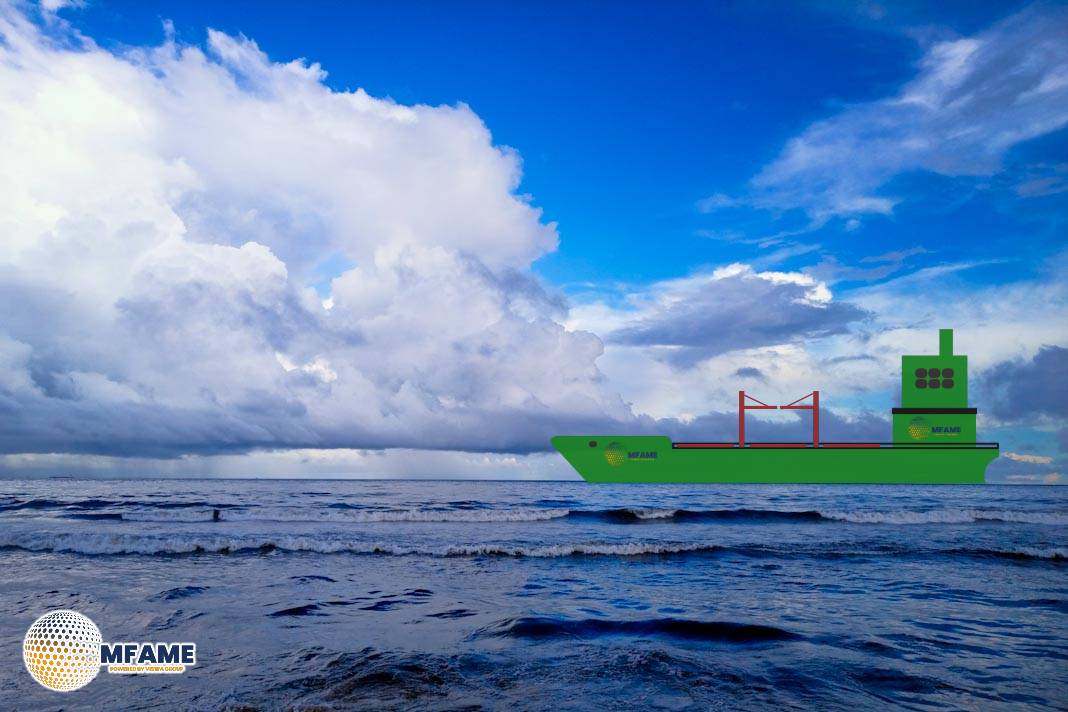- Landmark Maritime Bill Targets Navy Modernisation and Industrial Base.
- $5 Billion Allocated to Boost Naval Shipbuilding Programs.
- Training, AI, and Advanced Manufacturing Backed in New Shipbuilding Law.
The U.S. Congress has just passed the One Big Beautiful Bill Act, a hefty $29 billion legislative package aimed at breathing new life into the nation’s shipbuilding and maritime industry. With Donald Trump’s backing, the bill got the green light right before the White House’s July 4 deadline, reports Marine Insight.
Focusing on Strengthening National Security and Naval Capabilities
This bill is all about boosting the U.S. Navy, enhancing national security, and revitalising a maritime industry that’s been struggling for quite some time. It rolls out a variety of initiatives, funding plans, and policy changes to tackle long-standing challenges like repair delays, supply chain hiccups, and workforce shortages.
Major Allocations for Naval Shipbuilding
From the $29 billion package, a significant $5 billion is set aside specifically for naval shipbuilding efforts. Here are some key spending highlights:
- $250 million to speed up training for the defence manufacturing workforce
- $750 million to fortify the naval shipbuilding supply chain
- $250 million to introduce advanced manufacturing techniques
- $500 million to boost additive manufacturing capabilities
- $400 million to create a collaborative naval shipbuilding campus
- $500 million to integrate AI into shipbuilding processes
These investments are aimed at modernising shipbuilding, increasing capacity, and ensuring the Navy is ready for future operational needs.
Support for the Broader Maritime Industry
While the Navy stands to gain the most from this bill, it also has some provisions that could lend a hand to the commercial shipbuilding sector, such as:
- $500 million earmarked for advanced manufacturing throughout the shipbuilding base
- $500 million dedicated to developing innovative shipbuilding techniques
- $500 million allocated for training the broader maritime workforce
That said, many industry experts caution that the commercial sector might not reap significant benefits, especially considering how much it has dwindled over the years.
Shifts in Program Priorities
Interestingly, the bill does not include funding for the next Constellation-class frigate hull, which was removed from the Navy’s 2026 budget request. Instead, Congress has redirected funds toward programs that previously encountered pushback, including:
- $1.8 billion for the Marine Corps’ Landing Ship Medium
- $2.1 billion for the development and acquisition of the Medium Unmanned Surface Vessel (MUSV)
These changes indicate a broader emphasis on modern and autonomous naval technologies.
Creation of a Maritime Capacity Office
Additionally, the bill supports the establishment of a new Office of Maritime and Industrial Capacity under the National Security Council. This move follows earlier executive orders that promoted a Maritime Action Plan, aimed at revitalising U.S. maritime strength.
Persistent Challenges Despite Funding Boost
Even with the ambitious funding, the U.S. shipbuilding industry is still grappling with some significant hurdles, such as:
- A critical shortage of skilled workers
- An ageing workforce that’s approaching retirement
- The steep costs of building ships domestically compared to foreign rivals
Critics Question Impact on Commercial Shipbuilding
While this bill represents a major investment in America’s maritime capabilities, some critics believe it might not be sufficient to breathe life back into large-scale commercial shipbuilding. They point out that the bill leans heavily towards military uses, and reversing decades of industrial decline will demand ongoing investment and meaningful reform.
Did you subscribe to our daily Newsletter?
It’s Free Click here to Subscribe!
Source: Marine Insight















![[Watch] Crazy Power Needed to Move World’s Largest Containerships](https://mfame.guru/wp-content/uploads/2023/11/mfame-tanker-100x70.jpg)

